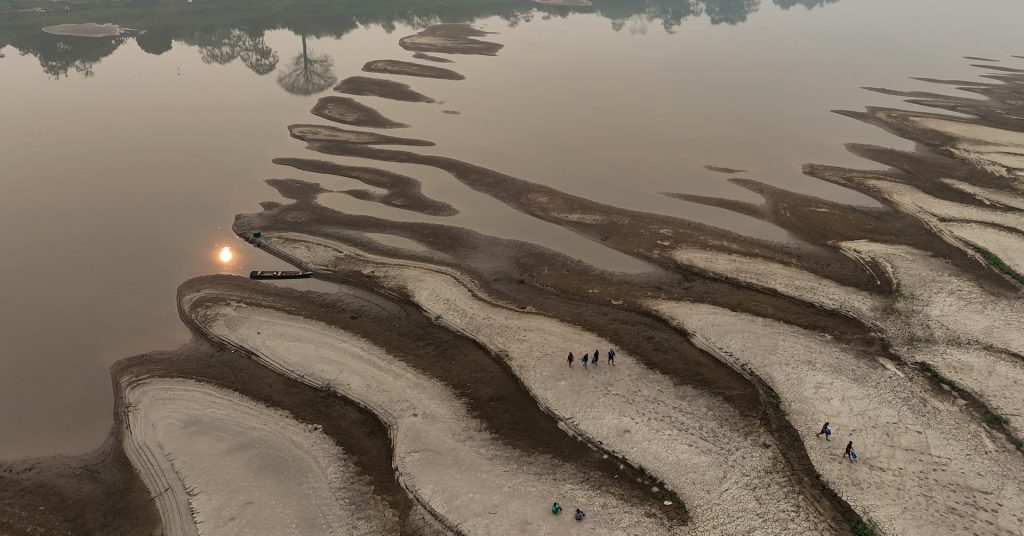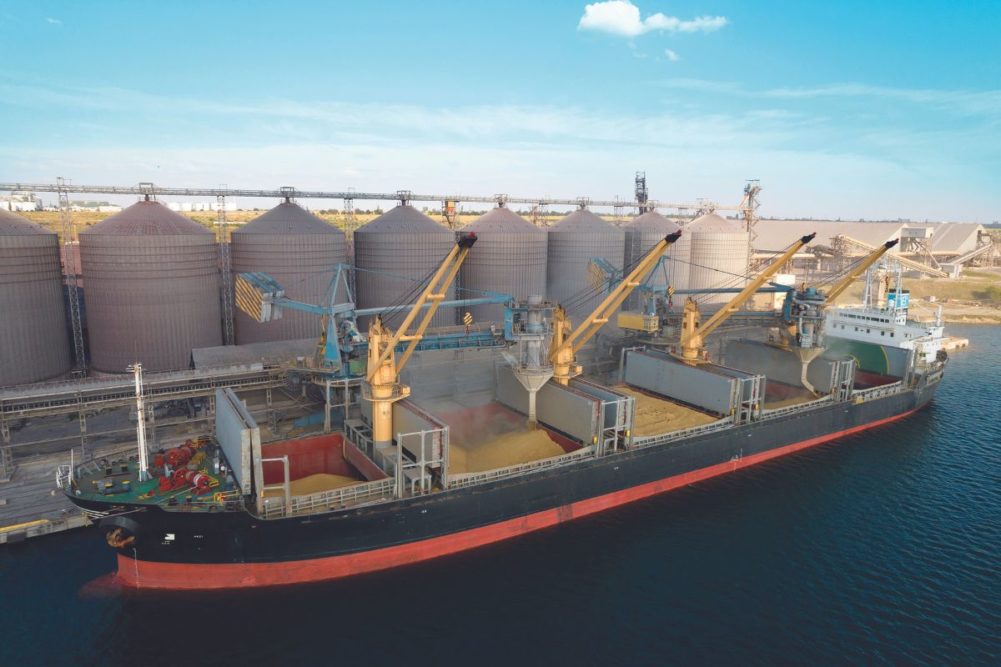
Drought in Brazil dries up river, blocking shipping on key grain route
An extreme drought in Brazil has caused a major river used to transport grain to dry up. The sharp drop in water levels has stopped shipping, disrupting grain supplies both domestically and abroad. The situation threatens food chains and could have a significant impact on global agricultural markets.
Grain exports at risk as drought disrupts shipping on key Brazilian river
A severe drought in Brazil has halted grain shipments along the Madeira River, a vital northern waterway linking key agricultural regions to seaports, regional port terminal association Amport said Wednesday. The Madeira River plays a central role in transporting agricultural products from Rondonia state and parts of Mato Grosso state, the country’s largest soybean producer, to export terminals in Brazil’s northern regions.
“The transport of grain on the Madeira River has been temporarily suspended as the water depth has dropped to two metres (6.6 feet) in key places, making commercial shipping uneconomical,” Amport President Flavio Acatauassu told Reuters.

According to data from the national agricultural agency Conab, in 2023, about 34% of Brazil’s soybean exports and almost 43% of its corn exports were carried out through a region known as the Northern Arc, which includes ports located in the north of the country.
Brazil remains the world’s leading soybean exporter and ranks among the top corn exporters. However, the suspension of shipments may not have a significant impact on the country’s export volumes, as local farmers have already shipped a significant portion of the grain planned for export in 2024.
Local grain traders’ association Anec said on Wednesday that reduced capacity at northern ports due to drought had increased costs for exporters. However, they said companies had been prepared for such circumstances. “We do not expect a reduction in grain exports due to the drought in the north, as traders are taking a very cautious approach,” said Anec CEO Sergio Mendes.

Shallowing threats: how climate change is putting the world’s largest rivers at risk
Some of the world’s largest rivers are facing the threat of running dry, raising concerns about their future. The main causes include climate change, overuse of water resources, and disruption of ecosystems. Among the rivers most at risk of running dry are:
- Nile– a vital artery for millions of people in Egypt and Sudan. More dams and climate change are causing water levels to drop, which could have serious consequences for agriculture and water supplies in the region.
- Ganges– one of the sacred rivers of India, which supports the lives of a huge number of people. However, due to changing weather conditions and excessive water withdrawal for irrigation, the Ganges level is decreasing, which threatens the river’s ecosystem and water quality.
- Colorado– a river that flows through the western United States has been under threat for years due to droughts and high demand for water for agriculture and domestic use. Water levels in the Colorado are falling sharply, which is negatively affecting its ability to supply water to densely populated areas.
- Yangtze– China’s largest river, providing water for millions of people and vital agricultural lands. Rising water consumption, climate change and pollution threaten the river, causing it to gradually become shallower.
- Rhine– the most important river in Europe, playing a key role in the economies of many countries. Climate change has led to the water level of the Rhine falling, which complicates shipping and cargo delivery, especially in the summer months.
These rivers not only provide fresh water, but also support local economies, ecosystems, and cultures. The shrinking of these rivers can have far-reaching consequences, affecting the lives of millions of people and the sustainability of the environment.